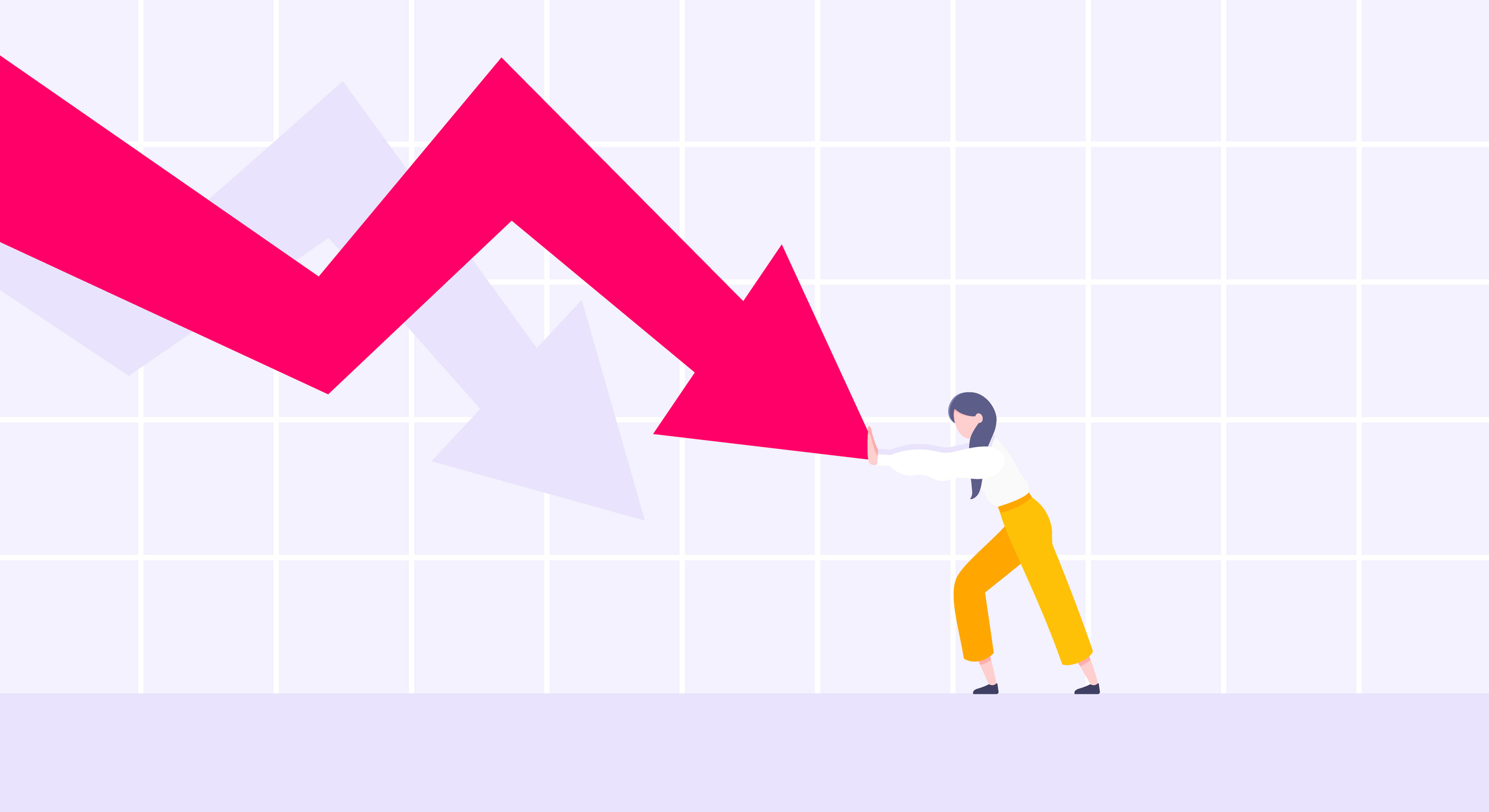While the congressional battle over raising the debt ceiling was covered extensively for weeks, barely any outlet focused on a key demographic at threat: women, particularly older women.
Women are more likely than men to rely on government assistance in the form of programs such as the Supplemental Nutrition Assistance Program, or SNAP, known more colloquially as food stamps. The National Women’s Law Center estimates that 63% of SNAP recipients are women.
While a last-minute deal averted a full-blown economic crisis, one of the concessions made by Democrats to the Republicans was an agreement to cap spending. This included raising the age limit for the requirement that SNAP recipients should be working from 49 to 54.
Older women already face some of the highest barriers to entry for the food stamp program, and are more likely to experience poverty, live alone, and have less access to food than older men. We spoke to Laura Valle-Gutierrez, a fellow at The Century Foundation, a think tank that focuses on reducing inequality, about the impact of this deal. The conversation has been edited for length and clarity.

When did you realize this was going to be a problem?
It was almost right after the State of the Union [in February]. There was this big moment where President Biden got congressional Republicans to agree to have no cuts to Medicaid. And there was also a lot of agreement around no cuts to defense spending. And so I started thinking: “Okay, so there’s no cuts to Medicaid, there’s no cuts to defense, that doesn’t leave a whole lot of space.”
And so I started getting really worried about where there would be cuts, in particular, that it would probably result in a lot of pain for women and families and children.
So what ended up happening with the deal?
What the actual agreement did at the end of the day was that it raised the debt ceiling for two years. But in doing so, the Biden administration agreed to two years of spending caps and work requirements [to be eligible for benefits]. The one that people are really worried about is the growing work requirements to qualify for SNAP benefits.
The agreement expanded work requirements to include an older age group of 50 to 54 years old [they previously applied only to 18-49 year olds]. The Center on Budget and Policy Priorities estimates that 750,000 people between the age of 50 and 54 are going to lose their SNAP benefits as a result of these new work requirements. And because the majority of SNAP recipients are women, this is obviously going to be impacting women a lot.
What’s wrong with having work requirements?
There is a mountain of research, including a really great report from the Congressional Budget Office, that has shown time and again that raising work requirements in SNAP doesn’t actually increase work, and it really results in reducing benefits.
And, you know, the point of SNAP was never for it to be a workforce program. Right? That’s not the origins of SNAP, that’s not why we have SNAP. It’s really to have food assistance.
The administration is really proud of having been able to offer exemptions. So people who are experiencing homelessness are exempt from these work requirements, veterans are exempt, and foster youth is the other group that are exempt. And I think that’s all really wonderful. But at the end of the day, no one in America, one of the richest countries in the history of the world, should be going hungry for any reason.
How will these work requirements impact older women?
As people age, maybe they’ve been out of the workforce for a while. As people get older, they are more likely to have chronic health conditions. We are also coming out of the COVID 19 pandemic, which was a mass disabling event. And we know there’s a lot of issues and challenges for older people gaining access to other benefits that are supposed to be available, like Social Security.
This is going to be a new barrier that people may have not had before. Things like registering for a state workforce agency, for employment and training programs.
So part of the challenge that some people in this age group might face is that it’s really hard for them to find a job just because of their own health. And I think another challenge could be that if you’ve been out of the workforce for a couple of years, it might be hard to find a job, especially as new skills are needed.
There’s a lot of challenges that might come up for someone in this age group. And SNAP is really not meant to be about finding a job, it’s about being able to eat.
Any silver linings [no pun intended]?
The good news is that these extended cuts are relatively short term. The agreement is to keep non-defense spending flat for 2024 and increase it by 1% in 2025.
But you know, in the 2011 debt ceiling debate, there were spending caps as part of that agreement. And there was research by Groundwork Collaborative that found that the spending caps in that previous 2011 debt ceiling agreement resulted in a 4% cut, which was higher than what the spending caps were actually set at, because of things like inflation and population growth.
The other context that I think is really important is that the investments that were made by Congress during the pandemic, through the American Rescue Plan and CARES Act, lifted 3 million children out of poverty. We have all these pandemic-era investments that are coming to an end. And now we’ve just hamstrung our ability to react in the next two years because of these spending caps.
The details of how that will impact women and families is still a little bit to be determined. But at the end of the day, I think we just put these unnecessary barriers on ourselves through this agreement.



